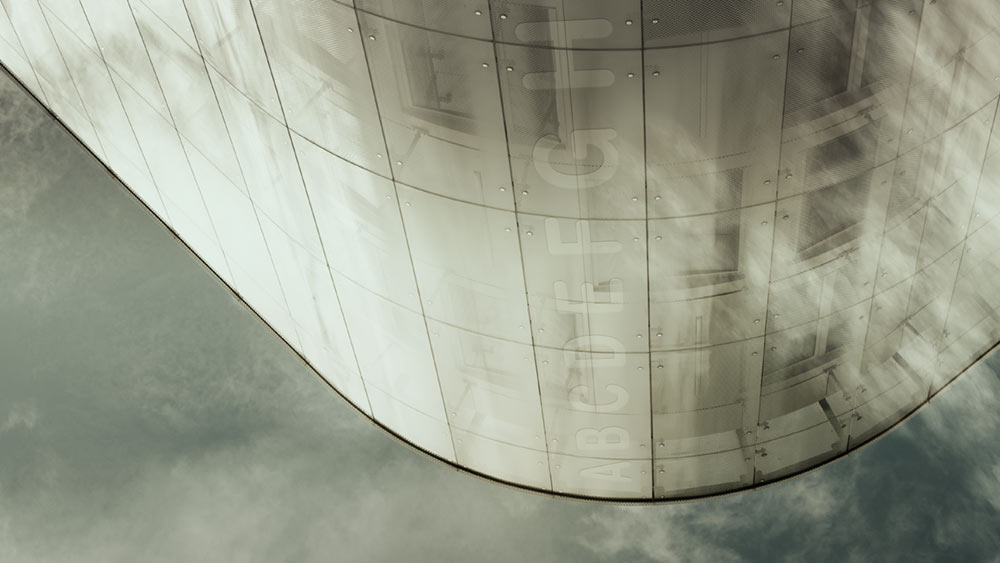The snapshot unmasks what is elided in the composed and framed mise-en-scene of the classical painting or photograph. Objects may be unfocused, cut and sliding out of the picture; the appearance is of a fragment from a larger view, and indicator of the passage of time. The frozen moment that should make the object present to us reveals instead its absence, its having –passed-away. Gilles Deleuze (in Cinema I: The Movement Image) suggests that film is really a strip of snapshots (each shot is an ’any-instant-whatever’), and it is to mask this absence in the image that the impulse to cinematic movement itself is generated. Each frame demands the next in order to bring what is outside the visual field into view, and to complete a movement that constantly remains unresolved.
The impulse in Blow Up is the discovery of this excess at the periphery of the frame – the action that takes place outside an ideal construction. The hero (player by David Hemmings) is a professional photographer using a number of conventional genres. We first see him leaving a doss-house where he has been collecting material for a book of ‘authentic’ documentary photographs on urban dereliction. We follow him in his Rolls convertible to his studio where he has a photo-session with fashion models. The narcissistic body of fashion, the social indifference of the characters, and the ‘cold’ or neutral colour of the film, portray London during the ‘Swinging Sixties’, a time marking the eruption in post-war Europe of a consumer society following the US model.
The photographer leaves his studio on an errand but, with time to kill, he wanders into a nearby park where he casually photographs a couple of lovers. He does not stage a definitive shot, but shoots a rapid sequence of snapshots. Thus a scene already demands movement or temporality; a seriality of images is produced that parallels Sixties Minimalism and its implications of a spectator-relation which is both temporal and mobile. The woman in the park (Vanessa Redgrave) follows the photographer and demands the return of the film, which he refuses. Her agitation having aroused his curiosity, he goes into the darkroom to print what, at first, seems to be a simple reconstruction of the scene in the park.
However, his attention is arrested by the shot of the couple together in centre frame in which the woman’s gaze is directed out of the picture. In tracing the object of her gaze, he discovers another scene at the edge of the frame that he, as photographer, had not seen, or ‘authorised’. To correct his asymmetry and bring this unseen scene under control he reframes and enlarges a fragment of the picture: the ‘blow-up’. But the greater the blow-up, the more he tries to illuminate or centre this other scene, the less there is to see. We may remember that he believes he has discovered a gunman in the shrubbery and, in the final blow-up, the corpse of the woman’s rather elderly companion. He returns to the park after dark and confirms the presence of the man’s body; it is cold to the touch with all the appearance of the plaster busts with which Antonioni dresses the film’s interiors. On returning to his studio, he find it has been ransacked and all photographic evidence removed. When he finally goes back to the park the following day to photograph the corpse, he finds that it has also disappeared.




